The world of topological games has always been a playground for the mind, where the impossible becomes tangible and the abstract takes form. Among these, the Klein Bottle Maze stands out as a particularly mesmerizing paradox—a labyrinth that defies conventional spatial logic. Unlike traditional mazes confined to flat planes or simple three-dimensional structures, this one exists within the non-orientable surface of a Klein bottle, creating a puzzle that twists both space and perception.
At first glance, the Klein bottle appears as a self-intersecting glass sculpture—a bottle whose neck loops back into its base without a clear inside or outside. In reality, a true Klein bottle cannot exist in three-dimensional space without intersecting itself, but as a mathematical construct, it opens doors to bizarre topological phenomena. When translated into a maze, the rules change entirely. Walls that seem to block your path might actually be gateways, and corridors that appear to lead away could bring you back to where you started—or somewhere entirely unexpected.
The genius of the Klein Bottle Maze lies in its manipulation of non-orientability. Unlike a sphere or a torus, where "left" and "right" remain consistent, the Klein bottle flips these orientations as you traverse its surface. Imagine walking forward only to find your right hand suddenly where your left was moments ago. This property turns navigation into a surreal experience, where intuition becomes a liability and players must rely on abstract reasoning to progress.
Designers of such maces often embed subtle clues in the geometry itself. A wall might curve in a way that hints at its true connectivity, or a pattern on the floor could reveal hidden symmetries. Yet, even with these aids, solving the maze requires a mental shift—a willingness to embrace the absurd. Players frequently report moments of epiphany when the impossible geometry "clicks," and what seemed like a dead end transforms into a new avenue.
Beyond its role as a game, the Klein Bottle Maze serves as a powerful metaphor for problem-solving in complex systems. Just as the maze challenges our spatial assumptions, real-world dilemmas often demand that we abandon linear thinking. Scientists studying quantum mechanics or network theory, for instance, frequently encounter similarly counterintuitive structures. The maze becomes a training ground for the mind, teaching us to navigate realities where traditional logic falls short.
Interestingly, the maze also raises philosophical questions about perception and reality. If a path exists but cannot be visualized in our native three dimensions, does it truly "exist"? The Klein bottle forces us to confront the limitations of human cognition while simultaneously expanding our understanding of possibility. It’s no wonder that artists and writers have drawn inspiration from its form, using it as a symbol of infinity, recursion, or the elusive nature of truth.
Creating a physical version of the maze presents unique challenges. Most implementations rely on projections or virtual reality to simulate the experience, as constructing an accurate 3D model would require impossible self-intersections. However, even these approximations can induce disorientation and awe. Some installations use mirrors or clever lighting to mimic the bottle’s properties, while digital versions allow players to "teleport" between seemingly disconnected sections, preserving the illusion of continuity.
The cultural impact of the Klein Bottle Maze extends beyond mathematics and gaming. It has appeared in literature as a metaphor for inescapable loops, in architecture as inspiration for unconventional designs, and even in psychology as a tool to study spatial reasoning. Its enduring appeal lies in its ability to make the abstract visceral—to turn a mathematical curiosity into an experience that feels almost magical.
As topological games continue to evolve, the Klein Bottle Maze remains a benchmark for creativity and intellectual challenge. It invites us to play with the very fabric of space, to question what we know about boundaries and connections. In doing so, it doesn’t just entertain—it expands the way we see the world, one paradoxical twist at a time.
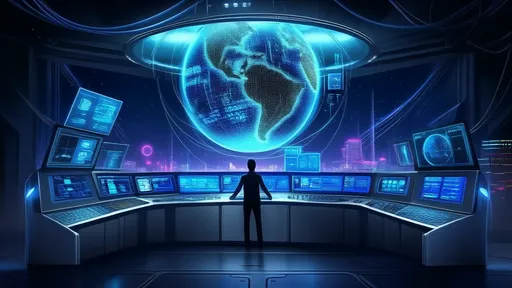
By /Jul 3, 2025
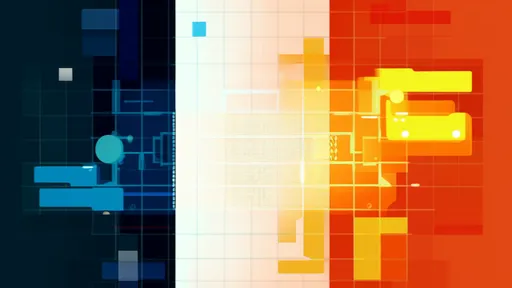
By /Jul 3, 2025
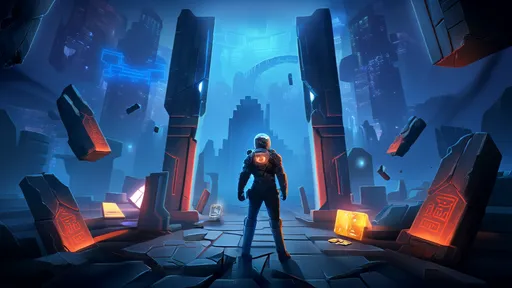
By /Jul 3, 2025

By /Jul 3, 2025
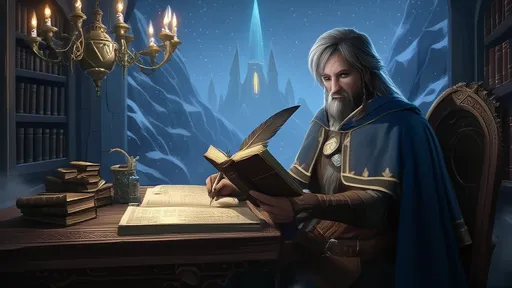
By /Jul 3, 2025
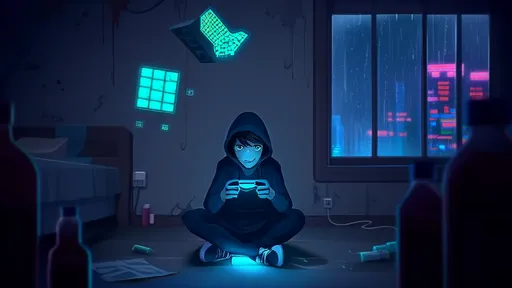
By /Jul 3, 2025
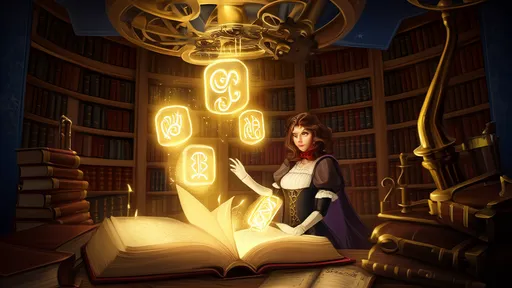
By /Jul 3, 2025
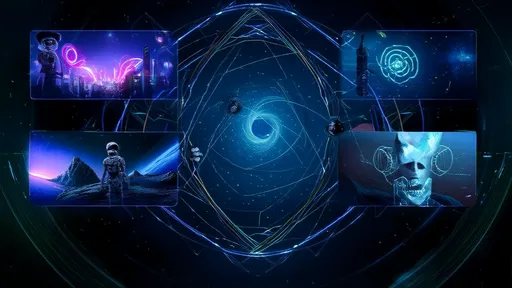
By /Jul 3, 2025
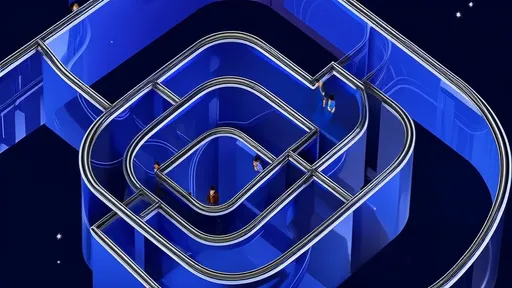
By /Jul 3, 2025
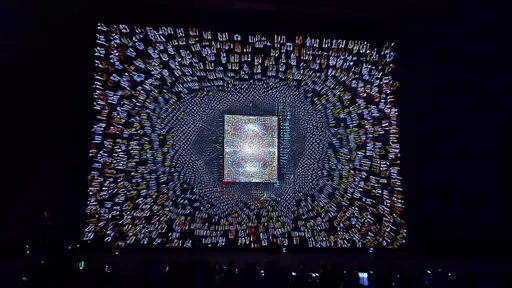
By /Jul 3, 2025
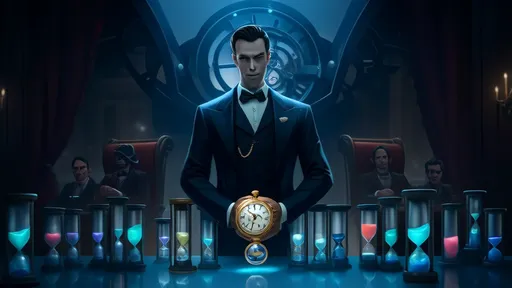
By /Jul 3, 2025
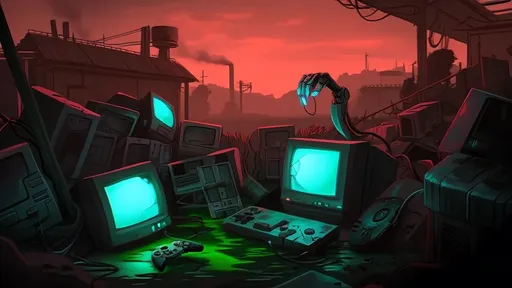
By /Jul 3, 2025
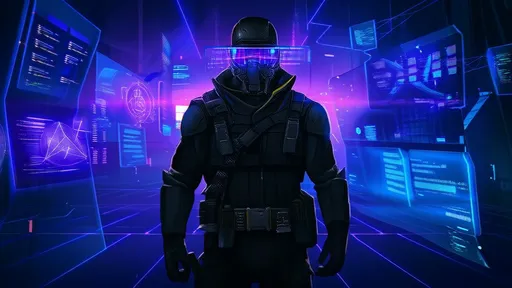
By /Jul 3, 2025
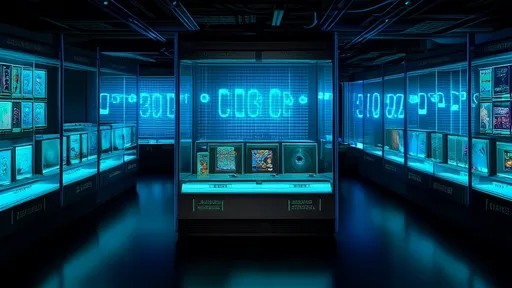
By /Jul 3, 2025

By /Jul 3, 2025
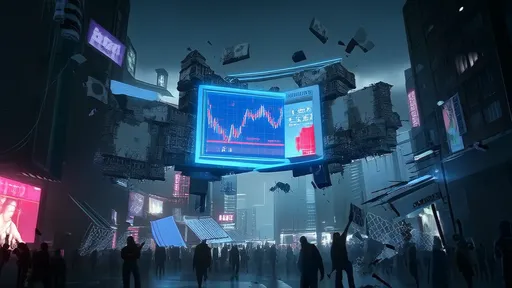
By /Jul 3, 2025
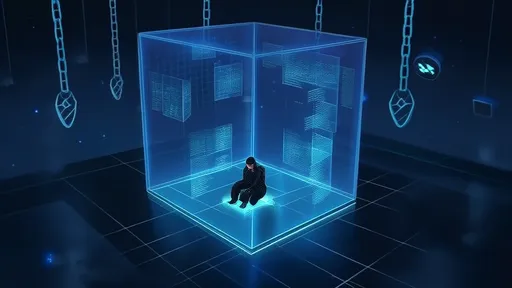
By /Jul 3, 2025
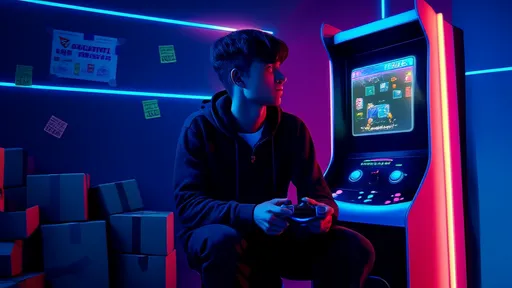
By /Jul 3, 2025